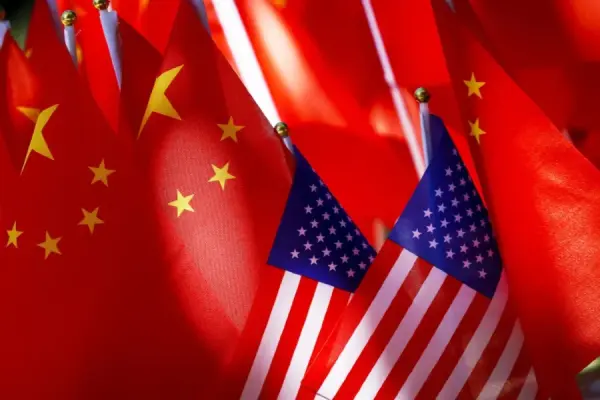Nvidia Corporation plans to launch a more cost-effective version of its Blackwell GPU architecture, exclusively targeted at the Chinese market, with prices ranging between $6,500 and $8,000 USD. This product will be positioned below the H20 GPU, which is currently priced between $10,000 and $12,000 USD. Mass production is scheduled to commence in June 2025 through partner manufacturing facilities in Asia, including Taiwan and mainland China.
This initiative responds to U.S. government export restrictions that, starting April 2025, prohibit the shipment of high-performance H20 GPUs to China. To comply with regulatory requirements, the new variant will feature adjusted specifications, including the use of standard GDDR7 memory and the exclusion of CoWoS (Chip-on-Wafer-on-Substrate) packaging technology. The memory bandwidth is expected to range between 1.7 to 1.8 terabytes per second, aligning with the maximum permitted limits.
China accounted for approximately 13 percent of Nvidia’s annual revenue in the last fiscal year. However, its market share there has declined from 95 percent to around 50 percent since 2022 due to these export regulations. Analysts view the launch of this more affordable variant as a strategic move to maintain Nvidia’s dominance in the CUDA ecosystem within China, while decelerating the advance of local competitors such as Huawei and Iluvatar CoreX.
An Nvidia spokesperson stated that the final GPU design is still under evaluation and will be submitted for approval by U.S. authorities. Nvidia's CEO, Jensen Huang, emphasized the company's commitment to innovate within the regulatory framework while addressing the Chinese market's needs, which is estimated to be worth up to $50 billion USD in data center infrastructure throughout 2025. Nvidia also revealed that unsellable H20 GPU inventory destined for China has resulted in a potential loss of $4.5 billion USD and is holding back potential revenues of up to $8 billion USD in the upcoming quarter.
From an end-user perspective, several AI companies in China have welcomed this plan with the expectation that GPU performance will remain adequate for handling large-scale inference workloads. While some engineers anticipate possible latency increases due to the trimmed specifications, many consider this solution far more competitive than domestic alternatives still under development.
Through a product development strategy that complies with regulations and offers more competitive pricing, Nvidia aims to maintain its position as a global AI infrastructure provider while responding to challenges posed by local competitors within China.






